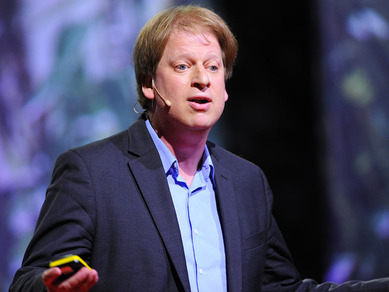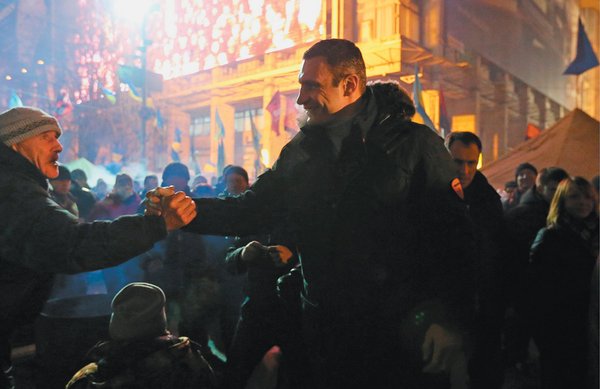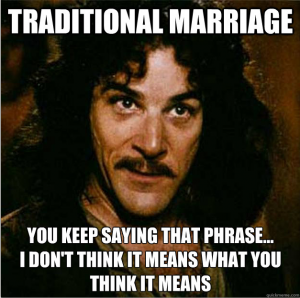 Over at The Atlantic, Brooking’s Richard Reeves argues that “the most affluent and educated Americans…are creating a new model for marriage—one that is liberal about adult roles, conservative about raising children.” Reeves calls these “high-investment parenting” marriages or HIP. “The central rationale for these marriages,” explains Reeves, “is to raise children together, in a settled, nurturing environment.” These couples “take their time to select a partner; and then, once the marriage is at least a couple of years old, take the final step and become parents. Money, marriage, maternity: in that order.” According to Reeves, this represents a new child-centric, gender-equal model of marriage.
Over at The Atlantic, Brooking’s Richard Reeves argues that “the most affluent and educated Americans…are creating a new model for marriage—one that is liberal about adult roles, conservative about raising children.” Reeves calls these “high-investment parenting” marriages or HIP. “The central rationale for these marriages,” explains Reeves, “is to raise children together, in a settled, nurturing environment.” These couples “take their time to select a partner; and then, once the marriage is at least a couple of years old, take the final step and become parents. Money, marriage, maternity: in that order.” According to Reeves, this represents a new child-centric, gender-equal model of marriage.
However, a couple recent articles demonstrate that this isn’t exactly new. Kay Hymowitz of the Manhattan Institute points out that far from being a product of the Industrial Revolution, “the nuclear family—a mother, father and child(ren) in a “simple house,” as Laslett put it—was the dominant arrangement in England stretching back to the thirteenth century.” In northwestern Europe “men and women married later than in other parts of the world, only after they had saved enough money to set up an independent home. By the time they were ready to tie the knot, their own parents were often deceased, making multi-generational households a relative rarity. In fact, the family arrangement so common to England helps explain why it and other nations of northwest Europe were the birthplace of the Industrial Revolution, the launching ground for modern affluence. The young nuclear family had to be flexible and mobile as it searched for opportunity and property.” This led to expanding roles between genders.[ref]As historian Mary Hartman explains, “Within households, men came to depend less on their own male blood relatives and more on their wives for livelihood and support, whereas outside households they came increasingly to rely on unrelated men rather than on kin networks. Women, for their part, emerged as more active if not equal partners with their husbands in decisionmaking within households and also within their local communities . . . Husbands requiring responsible partners were obliged, however reluctantly, to abandon the image of the irrational and unruly female, and to refashion women’s image more closely to their own. . . . [t]he whole society was becoming less, not more, patriarchal, starting at the basic level of the household . . . the unity of kin and property that for thousands of years had been the central focus of most men’s worlds began to dissolve” (Quoted in V.H. Cassler, “‘Some Things That Should Not Have Been Forgotten Were Lost’: The Pro-Feminist, Pro-Democracy, Pro-Peace Case for State Privileging of Companionate Heterosexual Monogamous Marriage,” SquareTwo 2:1, Spring 2009).[/ref] Furthermore, this arrangement was “uniquely child-centered… The older brides of northwest Europe…had fewer fertile years ahead of them and smaller families, which enabled them to provide more focused attention on each child.” This means that “the children of married couples are internalizing their parents’ bourgeois aspirations and child-centeredness, both of which lie deep in the bones of the institution they have chosen to enter.”
Sociologist W. Bradford Wilcox notes that “family life is organized along neo-traditional lines, and has been since the 1990s, when the gender revolution stalled out in married families. It’s new in the sense that today’s married dads do a lot more child care and housework than dads of the 1950s, and that most married moms are working in the paid labor force. But it’s “traditional” in the sense that most husbands take the lead when it comes to breadwinning, and most wives take the lead when it comes to childrearing.” Married mothers still handle close to 70% of the child care and housework, while married fathers work 65% of their households’ hours in paid labor force and earn nearly 70% of their families’ income. This fits their preferences: “53 percent [of married mothers] prefer part-time work and 23 percent prefer to be stay-at-home mothers. (This stands in marked contrast to married fathers: 75 percent of them think working full-time is ideal and an additional 13 percent prefer part-time work, according to Pew data.)”
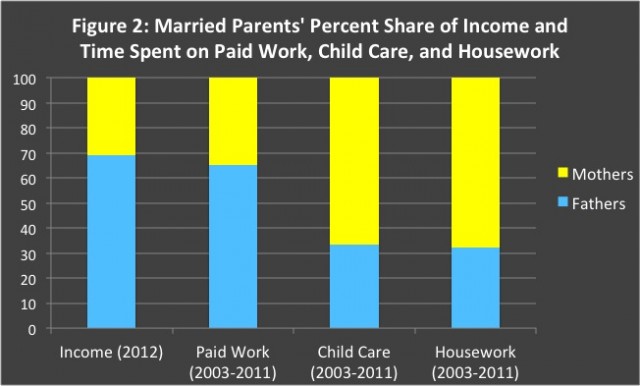
This is why “public policies and cultural norms related to work and family should be geared toward maximizing flexibility, rather than locking in approaches geared to serving full-time, dual-income families, and toward renewing the employment opportunities of poor and working-class men who have become less “marriageable” in recent years.”
Apparently, child-centeredness and adaptation of gender roles to economic circumstances and preferences aren’t all that new. We should remember that before skewering “traditional” marriage.
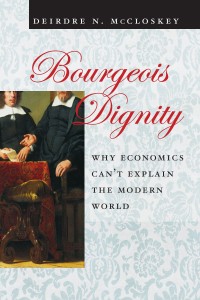 Economist Deirdre McCloskey presented a paper entitled “The Great Enrichment Came and Comes From Ethics and Rhetoric” at a New Delhi conference for the Centre for Civil Society in January. The following excerpt is, in large part, why I support markets:
Economist Deirdre McCloskey presented a paper entitled “The Great Enrichment Came and Comes From Ethics and Rhetoric” at a New Delhi conference for the Centre for Civil Society in January. The following excerpt is, in large part, why I support markets:




